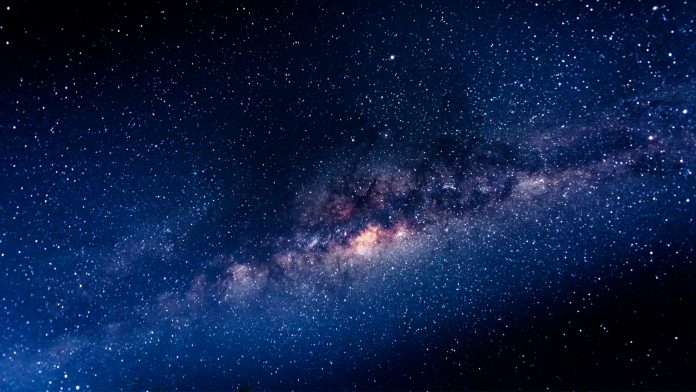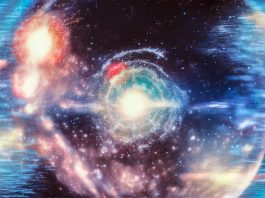Researchers from the International Centre for Radio Astronomy Research (ICRAR) have developed a new way to study star formation in galaxies from the birth of the Universe to today.
Using the light from local galaxies, astronomers can forensically piece together their history star formation in galaxies. This allows researchers to determine how and when they formed stars in their infancy, billions of years ago.
Traditionally, astronomers studying star formation histories assumed that galaxies maintain their amount of heavy elements. When researchers used these models to pinpoint when stars in the Universe should have formed, the results did not match what they were seeing through their telescopes.
Lead researcher Dr Sabine Bellstedt, from ICRAR, said: “Stars can be thought of as enormous nuclear-powered processing plants. They take lighter elements like hydrogen and helium, and, over billions of years, produce the heavier elements of the periodic table that we find scattered throughout the Universe today.
“The carbon, calcium and iron in your body, the oxygen in the air you breathe, and the silicon in your computer all exist because a star created these heavier elements and left them behind.”
New algorithm for studying star formation in galaxies
The research team used a new algorithm to model the energy and wavelengths of light coming from almost 7,000 nearby galaxies, the researchers succeeded in reconstructing when most of the stars in the Universe formed—in agreement with telescope observations for the first time.
Bellstedt said: “The results not matching up with our observations is a big problem. It tells us we are missing something. That missing ingredient, it turns out, is the gradual build-up of heavy metals within galaxies over time.”
Associate Professor Aaron Robotham from ICRAR designed the new code, known as ProSpect. Robotham said: “This is the first time we’ve been able to constrain how the heavier elements in galaxies change over time based on our analysis of these 7,000 nearby galaxies. Using this galactic laboratory on our own doorstep gives us lots of observations to test this new approach, and we’re very excited that it works.”
Based on this research, the next challenge for the team will be to expand the sample of galaxies being studied using this technique, to understand when, where and why galaxies die and stop forming new stars.









